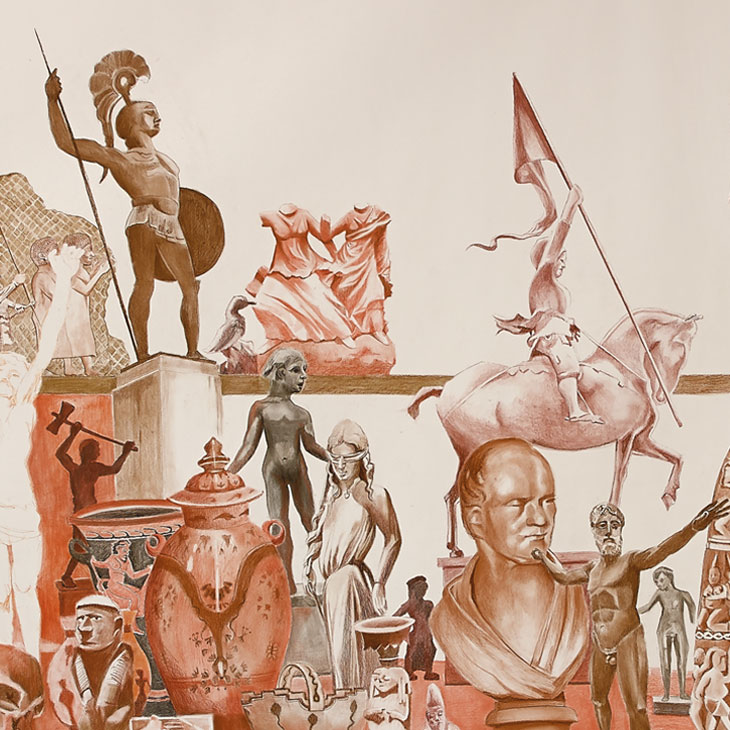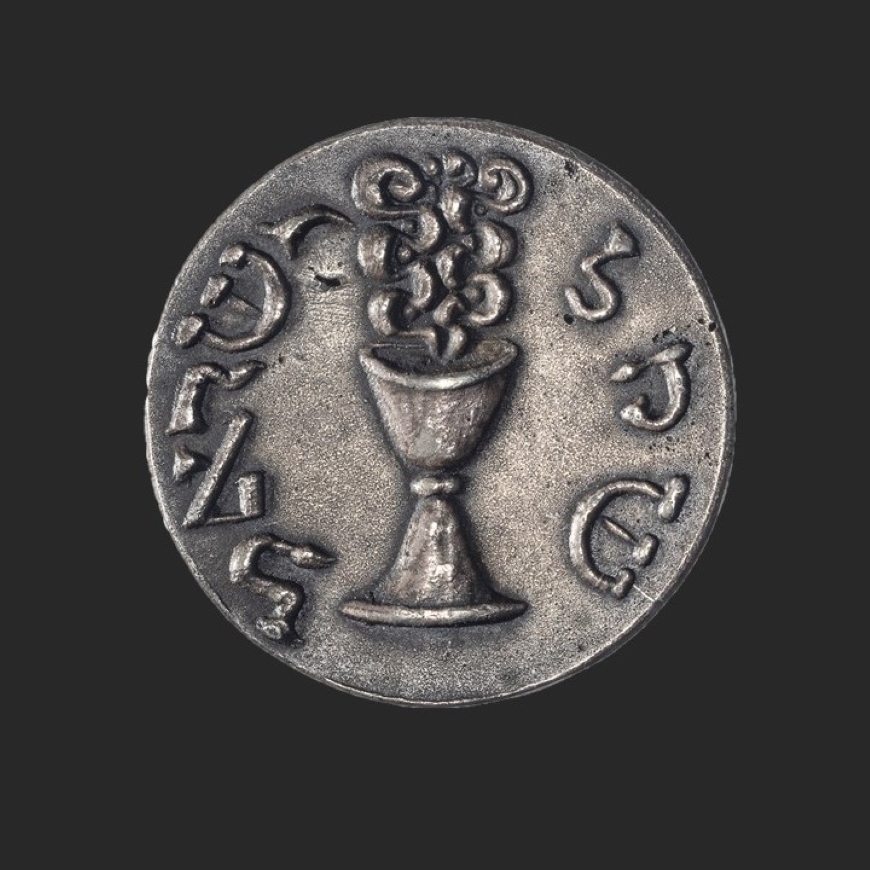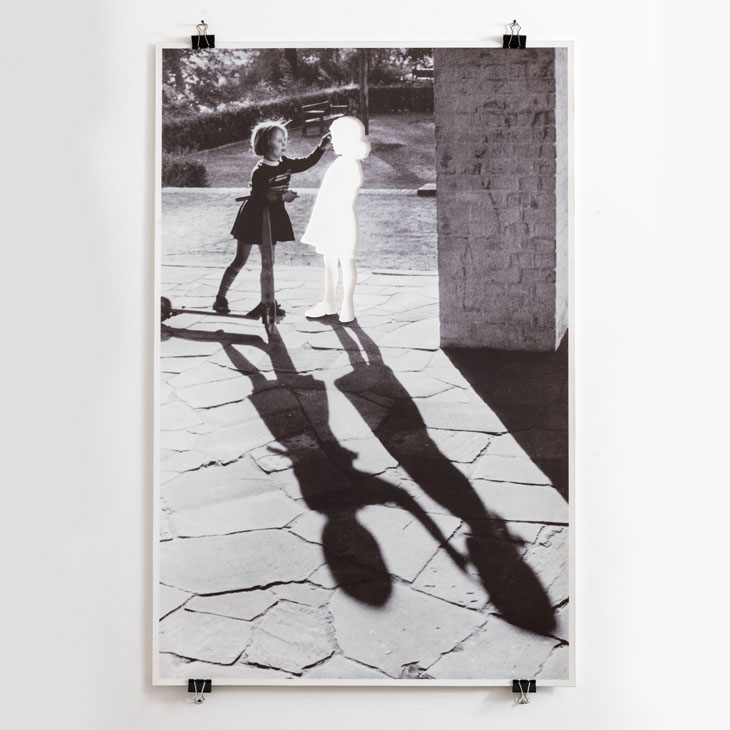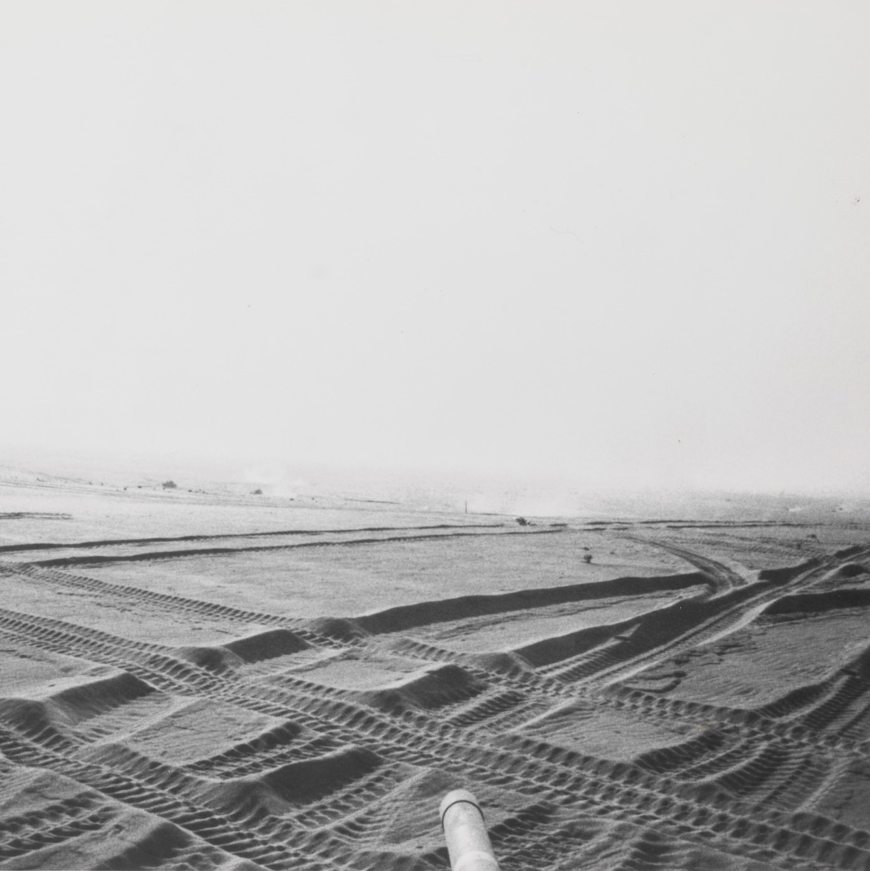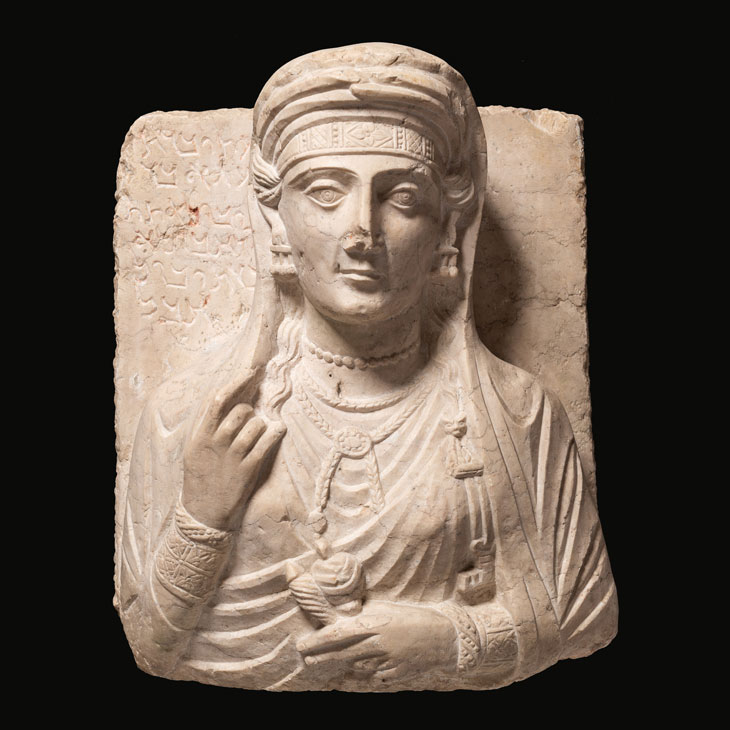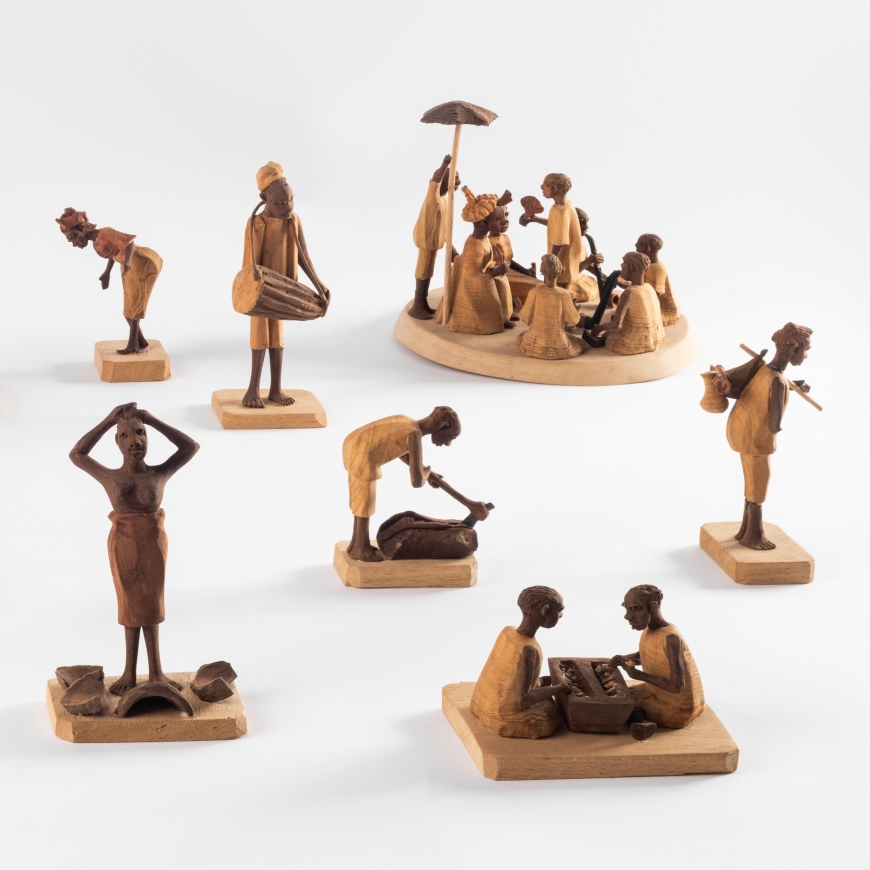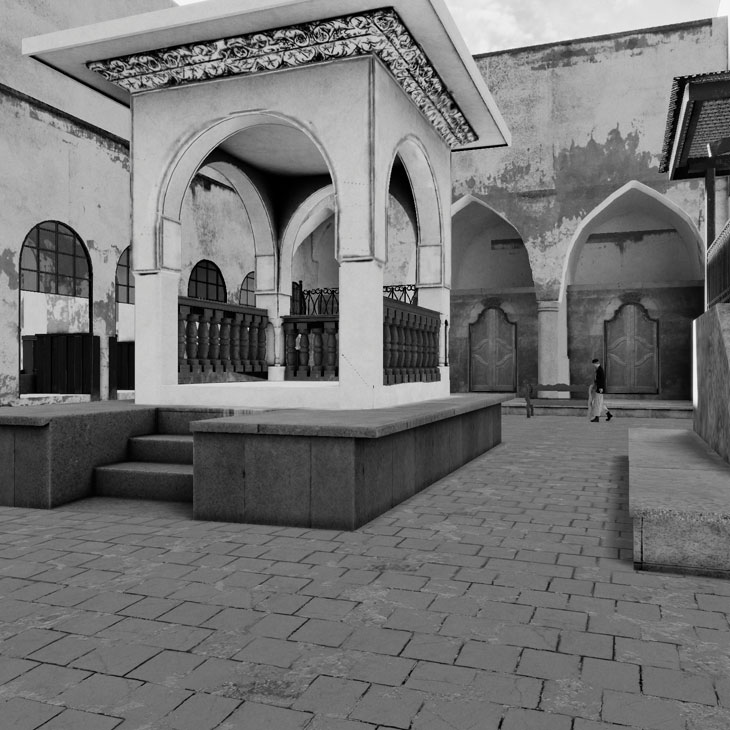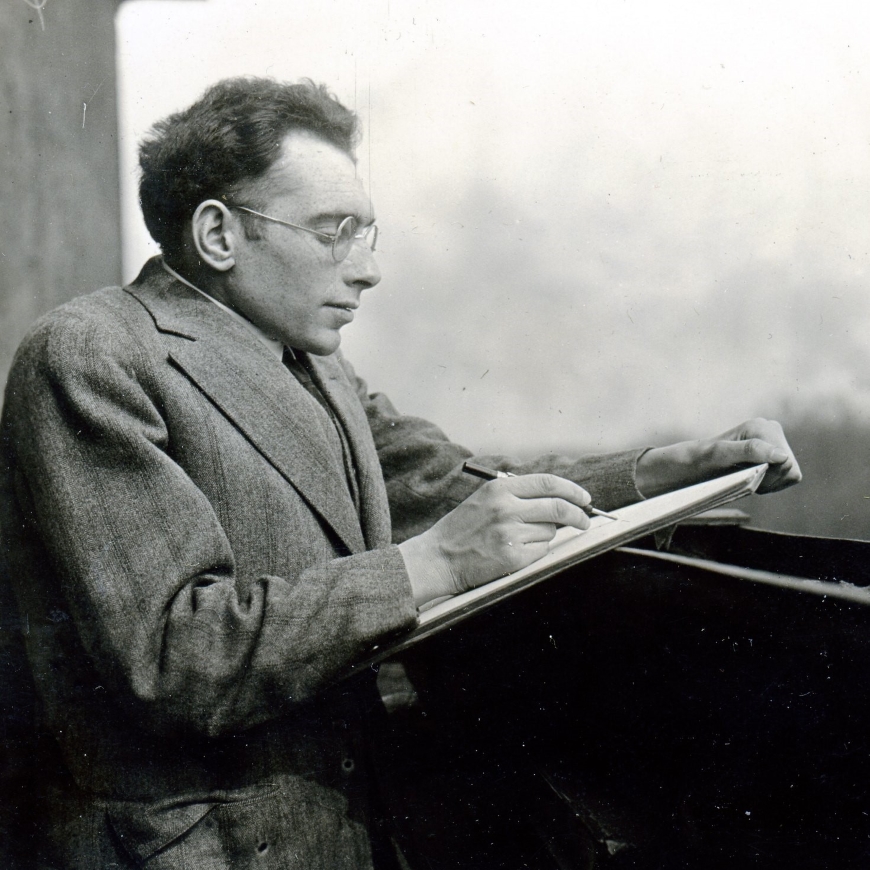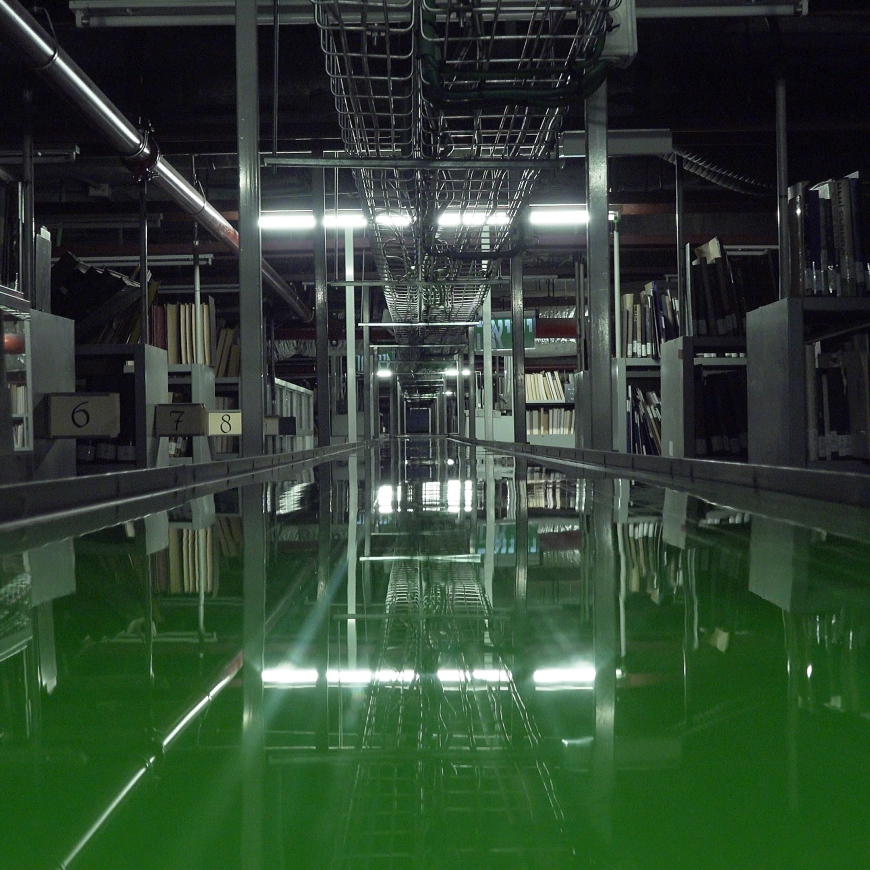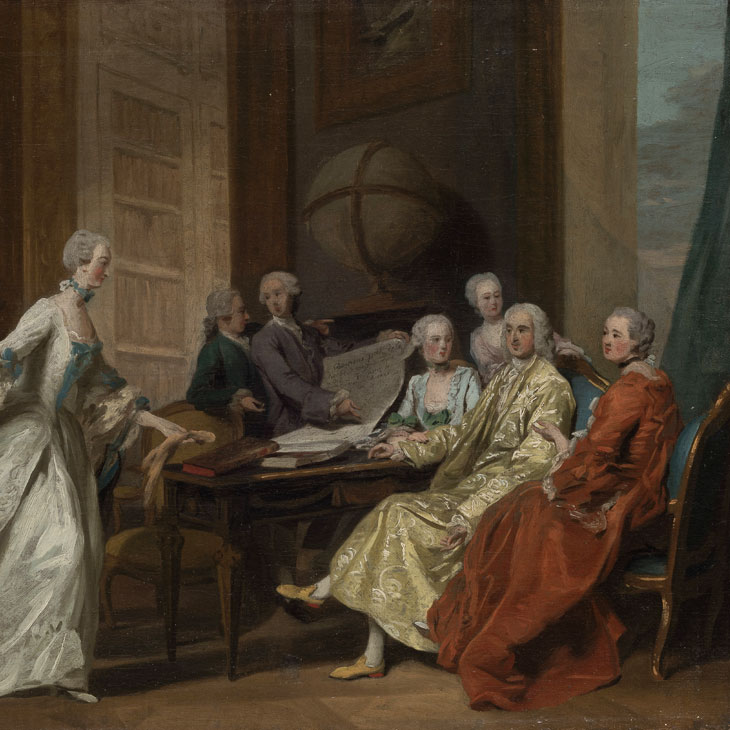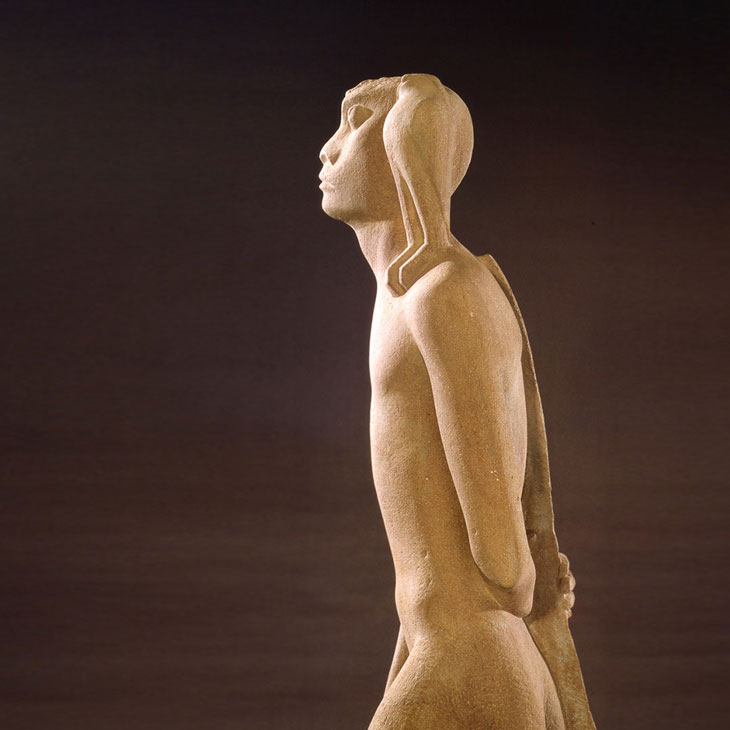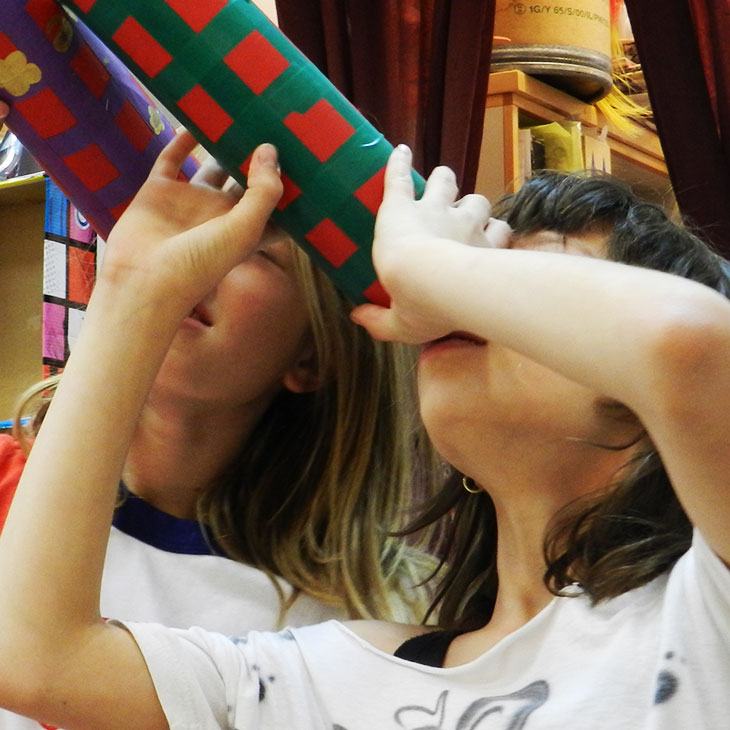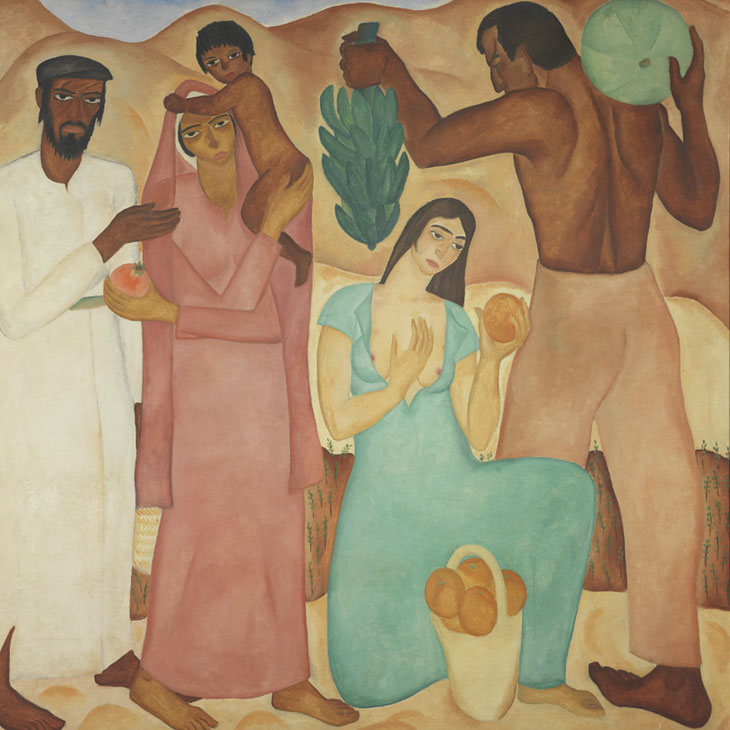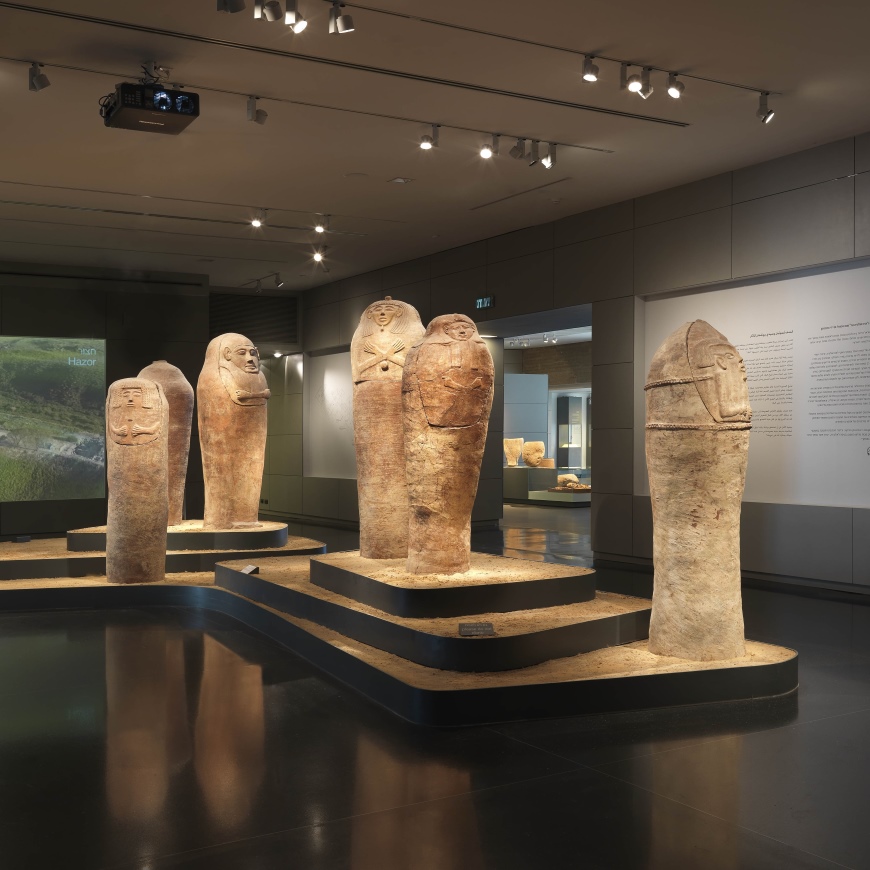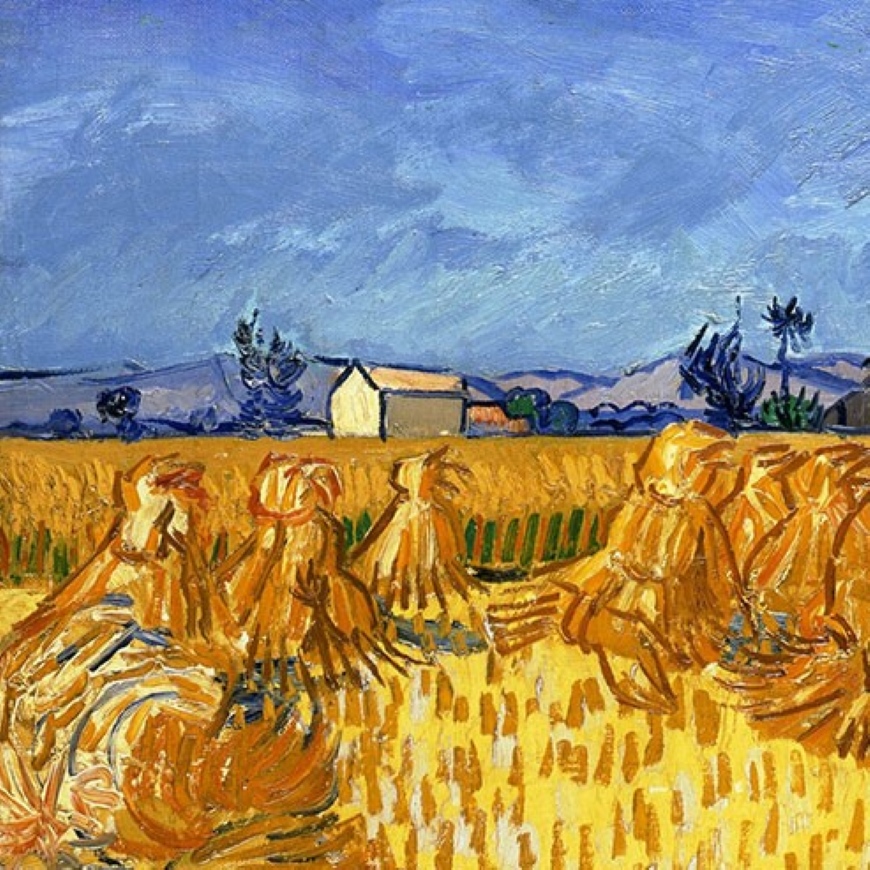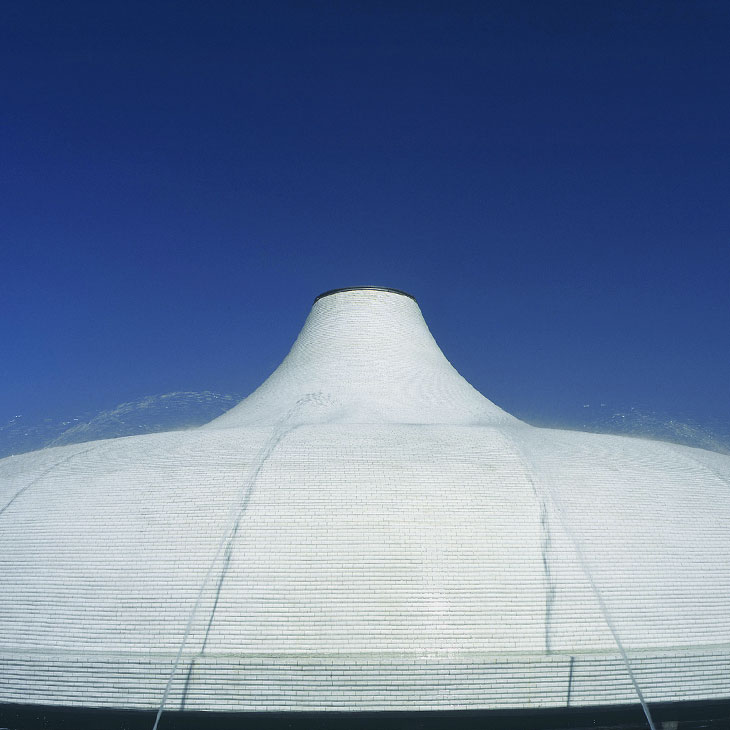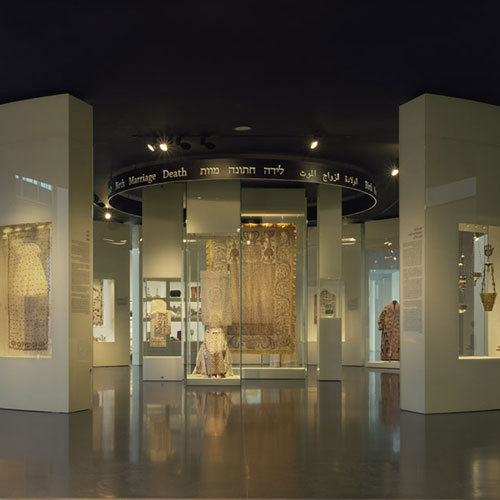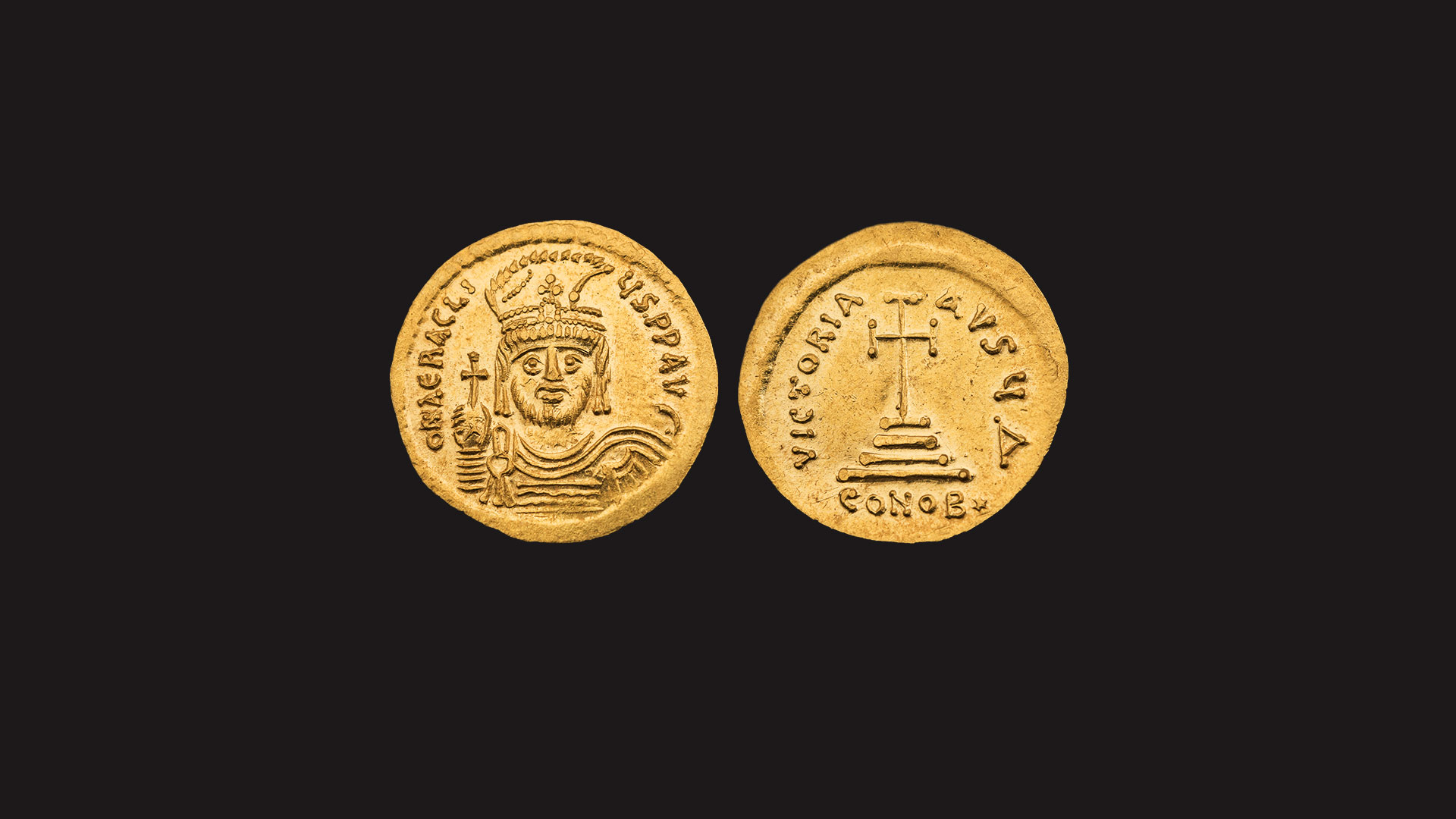
Under the Shadow of War
A Byzantine Hoard from Jerusalem
Special exhibit
-
September 12 2019 - September 12 2019
Curator: Yaniv Schauer
-
The early 7th century CE witnessed a series of clashes between the Byzantine and the Sassanian Persian empires. One of the peaks of this struggle was the conquest of Jerusalem by the Persians in 614. The Persians were assisted by Jewish inhabitants of the city, and they even succeeded in capturing, from the Church of the Holy Sepulchre, remains of the True Cross, upon which, according to Christian belief, Jesus was crucified.
The hoard displayed here affords a glimpse into this dramatic moment in history. It was discovered in excavations conducted by the Israel Antiquities Authority at Jerusalem’s Givati Parking Lot, near the Western Wall, in a side room of a large administrative building destroyed by fire. All 264 gold coins in the hoard are identical, having been struck by a single pair of dies, and they are in mint condition, meaning they never circulated. It is possible that due to the Persian siege of Jerusalem, the city’s Byzantine forces did not receive the supplies of coins needed to pay salaries or ransom, and they were thus forced to strike coins from gold in their possession.
The coins in the hoard are unparalleled; none exactly like them have been found anywhere in the world. They were inspired by the imperial coin type struck under the Byzantine emperor Heraclius in Constantinople during the years 610–613; only minor differences separate the two types.
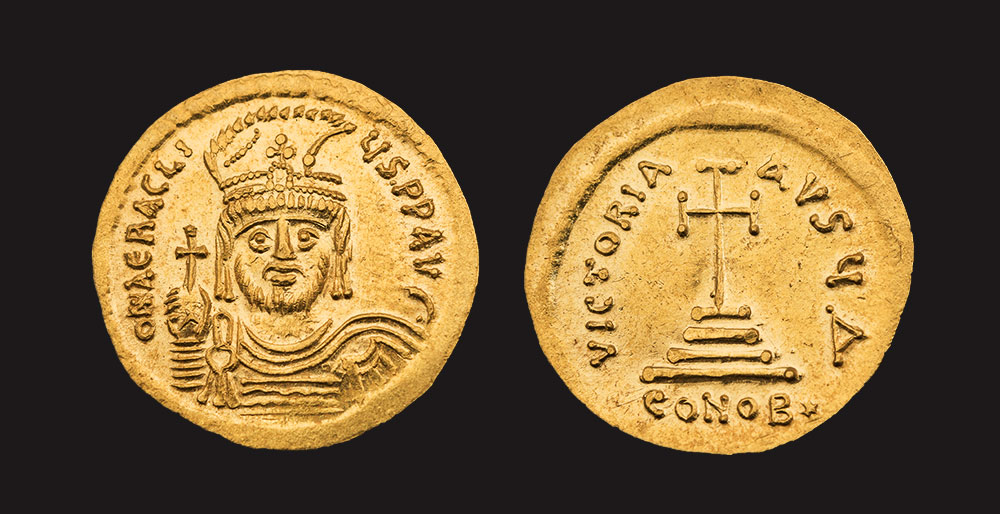
Gold coin of the emperor Heraclius struck in Jerusalem
Jerusalem, 611–614 CE
IAA
- Apr 24Apr 25Apr 26
- Apr 19Apr 20Apr 27May 03May 04May 07May 10May 11May 17May 18May 21May 24May 25May 28May 31
- Apr 01Apr 08Apr 15Apr 29
- Apr 02Apr 02Apr 02Apr 09Apr 09Apr 09Apr 16Apr 16Apr 16Apr 30Apr 30Apr 30
- Apr 02Apr 09Apr 16Apr 30
- Apr 16Apr 18Apr 30May 02May 09May 16May 23May 30
- Apr 18May 02May 06May 09May 16May 20May 23May 27May 30
- Apr 18May 02May 09May 16May 23May 30
- Apr 18May 02May 09May 16May 23May 30
- Apr 18May 02May 09May 16May 23May 30
- May 02May 06May 09May 16May 20May 23May 27May 30
- May 06May 20May 27


